
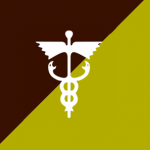
Nearest at 0.16 kms.
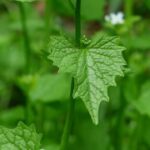
Nearest at 0.20 kms.
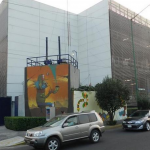
Nearest at 0.28 kms.
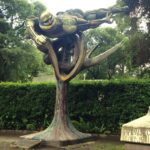
A final resting place for some of Mexico's most important people . . .
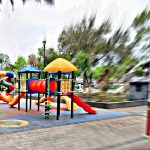
A park that comes alive with colorful animals in Tláhuac . . .
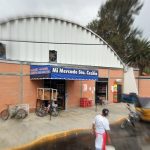
One of Tláhuac's great traditional neighborhood markets . . .
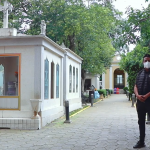
One of the most haunted places in the Center of Tlalpan . . .
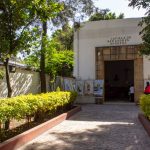
One of Azcapotzalco's nearly lost original settlements . . .